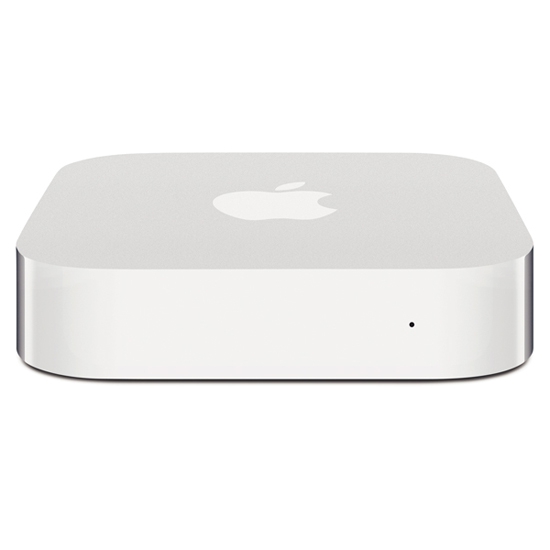
Apple airport express as range extender pro#
1675: Apple “Wonderlust” event, OS security updates, Apple CSAM pullback, Mozilla car privacy report, iPhone weather apps, bike tour iPhone photos, do you use the iPhone 14 Pro Always-On display?.
Apple airport express as range extender series#
1676: OS dates, iPhone 15 lineup, Apple Watch Series 9 & Ultra 2, USB-C AirPods Pro, USB-C cable advice, more from Wonderlust.Multiple access points for the same SSID?ĭoes it make sense to keep different SSIDs for 2.4GHz and 5GHz wireless networks?Īlso, very helpful is the AirPort base station status lights (LED) listing from Apple, if you want to know what the color and state of your AirPort’s LED means.

This article is mostly based on my own experience as well as the following links: Also, most cheap notebooks don’t support 5 GHz either. For example, only the iPhone 5 supports the 5 GHz band while all older iPhones do not. You should also know that only the newest (at the time of writing) and more expensive devices support the 5 GHz band.

This helps on devices where you can’t prioritize your Wi-Fi networks (like on iOS or Android) to always pick the 5 GHz band. If your access point support both bands at the same time, use the same SSID for both (if you have the option to choose). The AirPort Express Base Station (2nd generation), for example, does support this, while my FritzBox 7270 only supports either 2.4 or 5 GHz (but not both at the same time). Not all Wi-Fi access points can use both bands at the same time. So, Wi-Fi speed is usually higher in the 5 GHz band than in the 2.4 GHz band. The advantage of the 5 GHz band is that it’s (currently) less crowded. All access points support the 2.4 GHz band, while most newer access points also support the new 5 GHz band. Wi-Fi channels are selected from a so called “frequency band”. Computers recognize Wi-Fi networks by their SSIDs, not by the channel they use. However, if you really want to manually select the Wi-Fi channels, use different channels for each access point (if possible). Most modern Wi-Fi access points can choose their Wi-Fi channels automatically and you should usually let them do this. As far as I understand it, on the first generation you need to plug your Ethernet cable into the (only-existing) Ethernet port instead. Note: I’ve only tested this with an AirPort Express Base Station of the second generation. You need to plug your Ethernet cable into the WAN port – not the Ethernet port. It’ll then pick the one that’s best suited (usually the one with the best signal strength).

The disadvantage is that this will reduce your wireless bandwidth (by 50% in the worst case). The advantage is that you don’t need any cables to extend the range of your network. So, the AirPort Express Base Station will communicate with your other access point(s) over Wi-Fi.

The catch here is, though, that this will extend your Wi-Fi network over Wi-Fi.


 0 kommentar(er)
0 kommentar(er)
